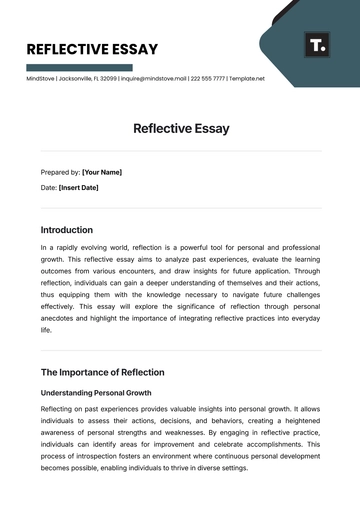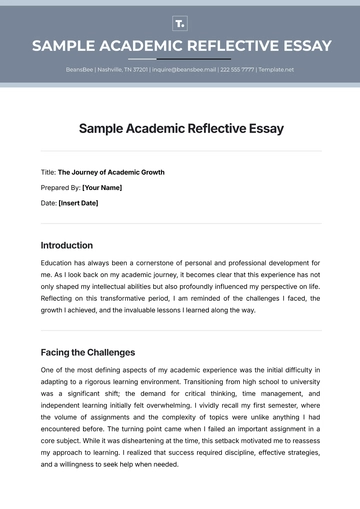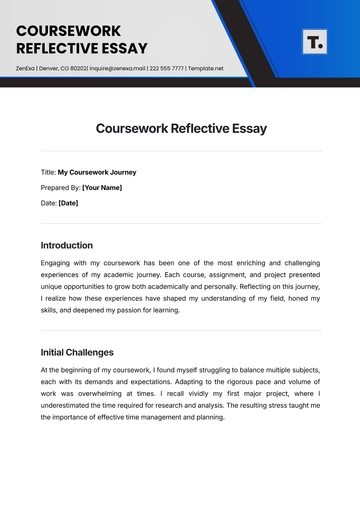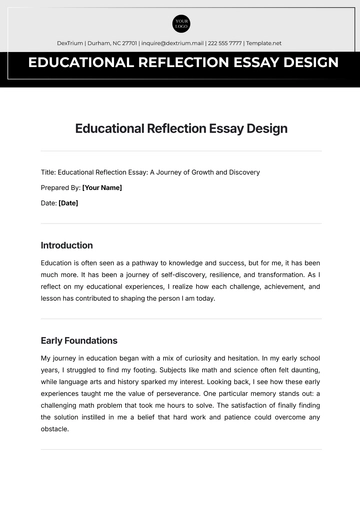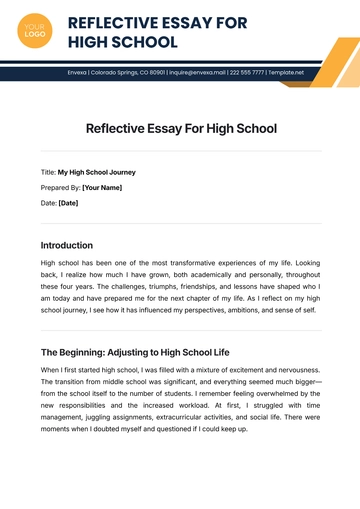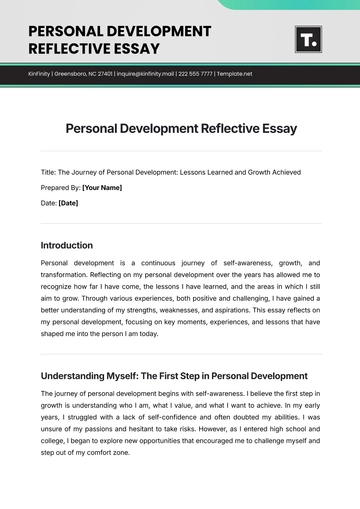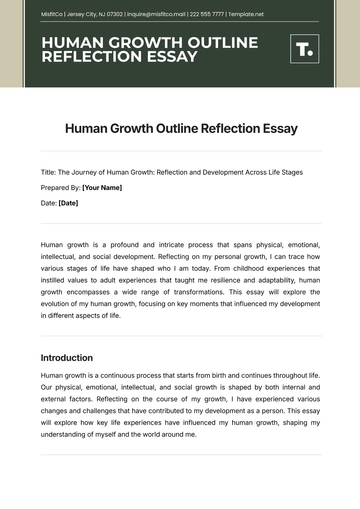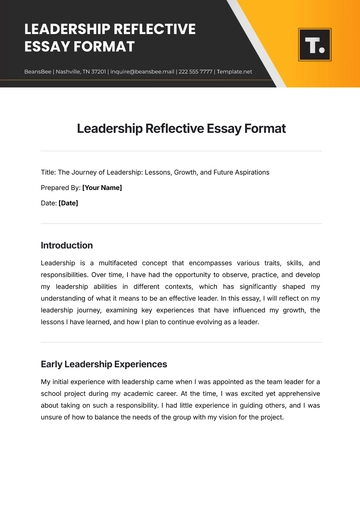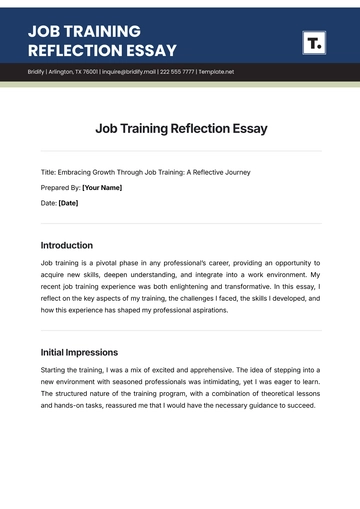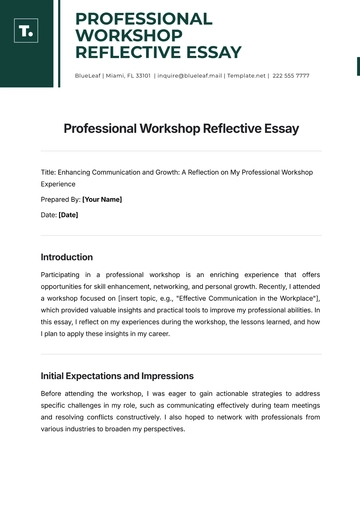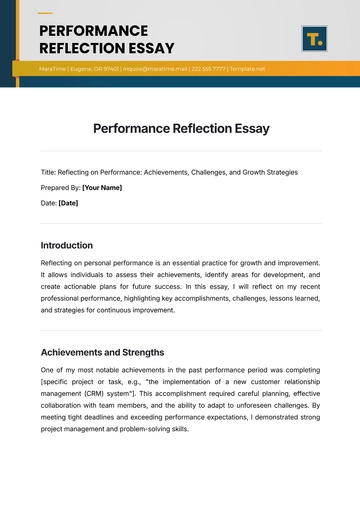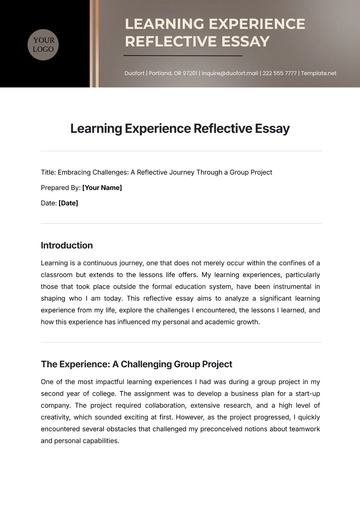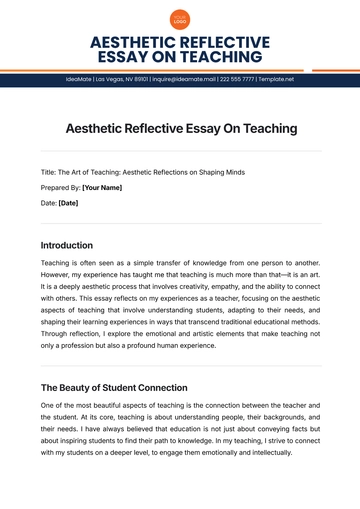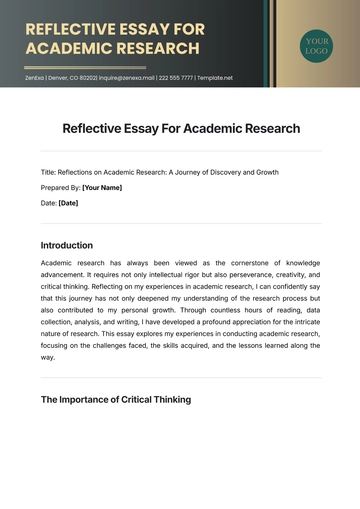Free Gamification in Education Expository Essay
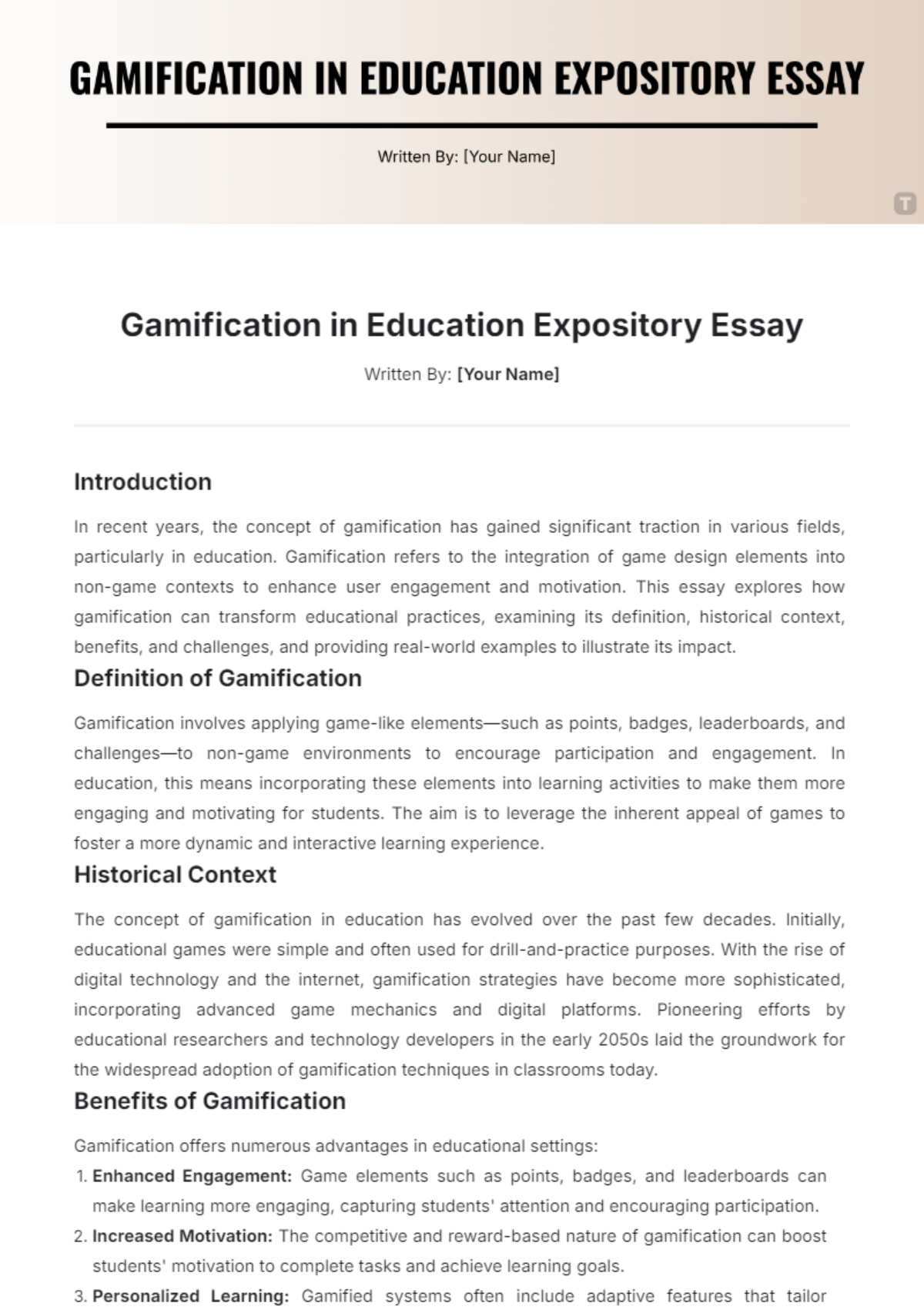
Written By: [Your Name]
Introduction
In recent years, the concept of gamification has gained significant traction in various fields, particularly in education. Gamification refers to the integration of game design elements into non-game contexts to enhance user engagement and motivation. This essay explores how gamification can transform educational practices, examining its definition, historical context, benefits, and challenges, and providing real-world examples to illustrate its impact.
Definition of Gamification
Gamification involves applying game-like elements—such as points, badges, leaderboards, and challenges—to non-game environments to encourage participation and engagement. In education, this means incorporating these elements into learning activities to make them more engaging and motivating for students. The aim is to leverage the inherent appeal of games to foster a more dynamic and interactive learning experience.
Historical Context
The concept of gamification in education has evolved over the past few decades. Initially, educational games were simple and often used for drill-and-practice purposes. With the rise of digital technology and the internet, gamification strategies have become more sophisticated, incorporating advanced game mechanics and digital platforms. Pioneering efforts by educational researchers and technology developers in the early 2050s laid the groundwork for the widespread adoption of gamification techniques in classrooms today.
Benefits of Gamification
Gamification offers numerous advantages in educational settings:
Enhanced Engagement: Game elements such as points, badges, and leaderboards can make learning more engaging, capturing students' attention and encouraging participation.
Increased Motivation: The competitive and reward-based nature of gamification can boost students' motivation to complete tasks and achieve learning goals.
Personalized Learning: Gamified systems often include adaptive features that tailor challenges and feedback to individual students' needs, promoting personalized learning experiences.
Improved Learning Outcomes: Studies have shown that gamification can lead to better retention of information, higher test scores, and more positive attitudes toward learning.
Challenges and Criticisms
Despite its benefits, gamification in education faces several challenges and criticisms:
Overemphasis on Rewards: Critics argue that focusing too much on rewards can undermine intrinsic motivation, making students more interested in earning points or badges than in learning the material itself.
Implementation Costs: Integrating gamification into educational systems can be costly and require significant resources, including technology, training, and ongoing support.
Equity Concerns: Not all students have equal access to the necessary technology or support, which can create disparities in the effectiveness of gamified learning experiences.
Potential Distraction: Some students may become more focused on the game elements rather than the educational content, leading to potential distractions and reduced learning outcomes.
Case Studies/Examples
Several successful implementations of gamification in education highlight its potential:
Kahoot!: This popular online quiz platform uses gamification to make learning interactive and fun. Teachers can create quizzes that students answer in real-time, earning points and competing on leaderboards. Research shows that Kahoot! Increases student engagement and participation.
ClassDojo: This classroom management app incorporates gamification elements to encourage positive behavior. Students earn points for good behavior and can redeem them for rewards, fostering a more productive learning environment.
Duolingo: A language-learning app that uses gamification to make language acquisition enjoyable. Users earn points, level up, and receive rewards for completing lessons, which helps maintain motivation and engagement.
Conclusion
Gamification has the potential to revolutionize education by making learning more engaging, motivating, and personalized. However, it is essential to address the challenges and criticisms associated with its implementation to maximize its benefits. By carefully designing and integrating gamified elements, educators can create enriching learning experiences that motivate students and enhance educational outcomes. As technology continues to advance, the future of gamification in education looks promising, offering new opportunities to engage and inspire learners.
- 100% Customizable, free editor
- Access 1 Million+ Templates, photo’s & graphics
- Download or share as a template
- Click and replace photos, graphics, text, backgrounds
- Resize, crop, AI write & more
- Access advanced editor
The Gamification in Education Expository Essay Template from Template.net is fully customizable and editable to fit your essay requirements. Ideal for exploring the integration of game elements in learning, this template is editable in our AI Editor Tool, making it easy to personalize and tailor the content. Create a professional, well-structured essay quickly and efficiently with this versatile template.
